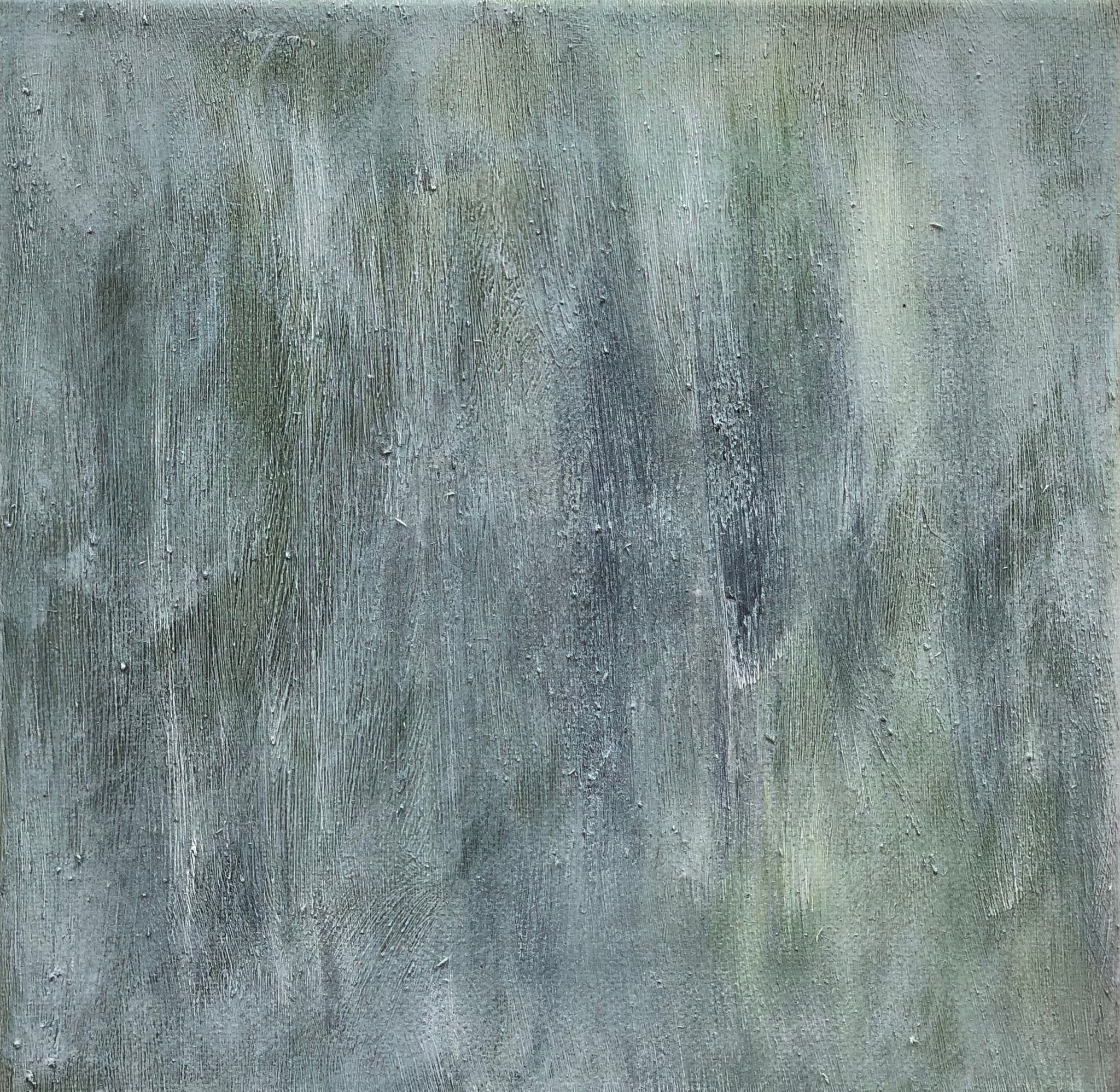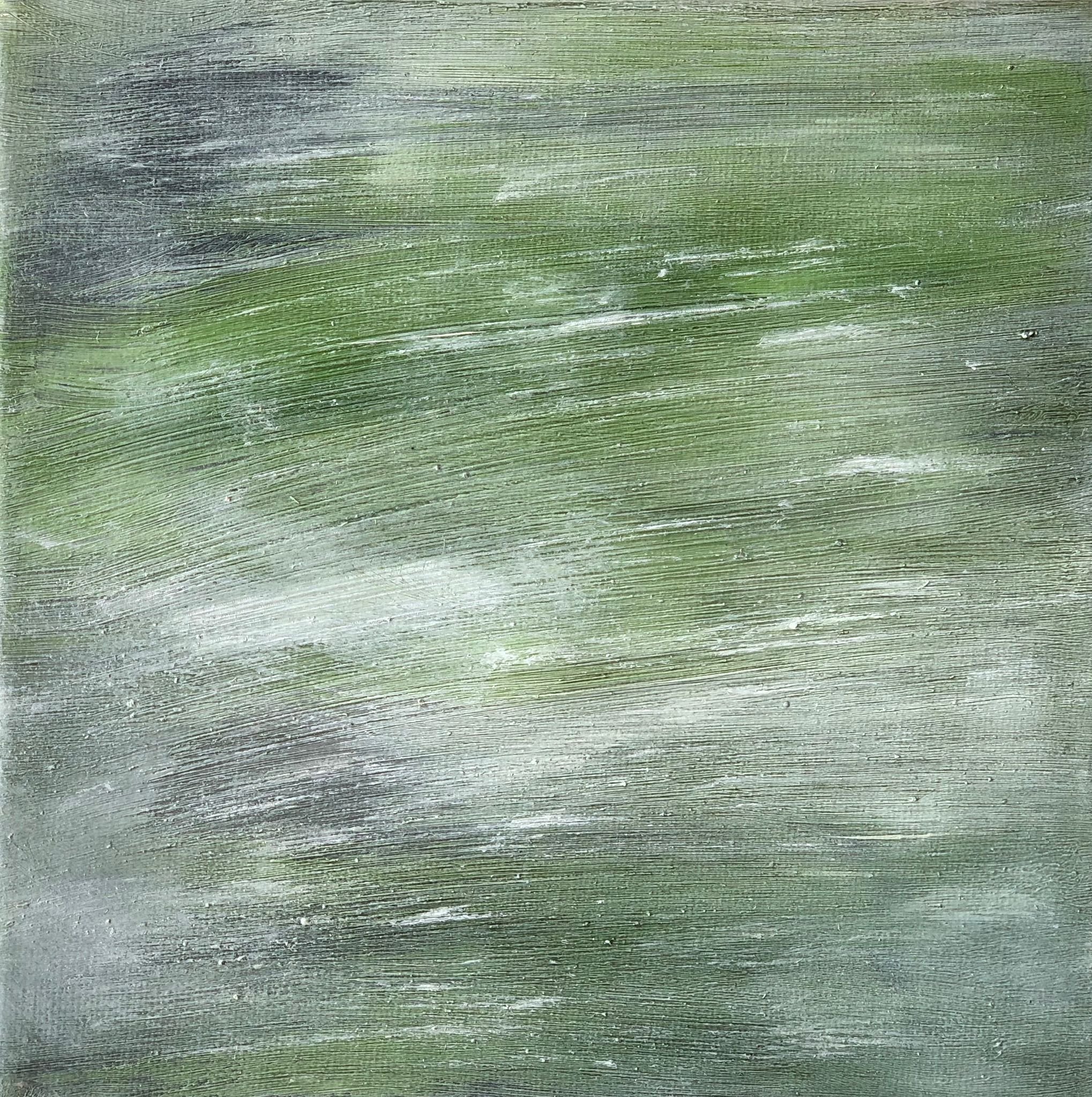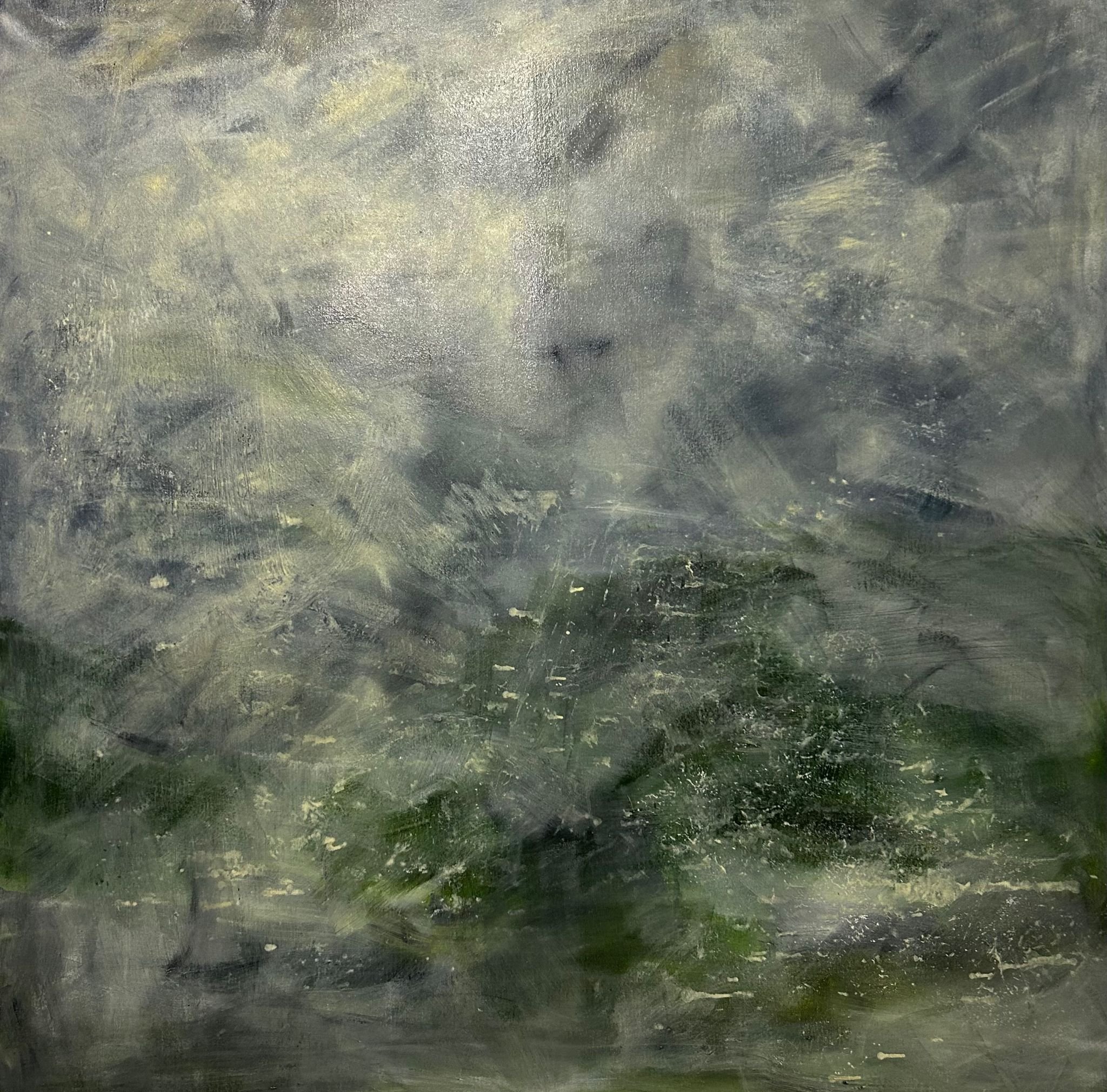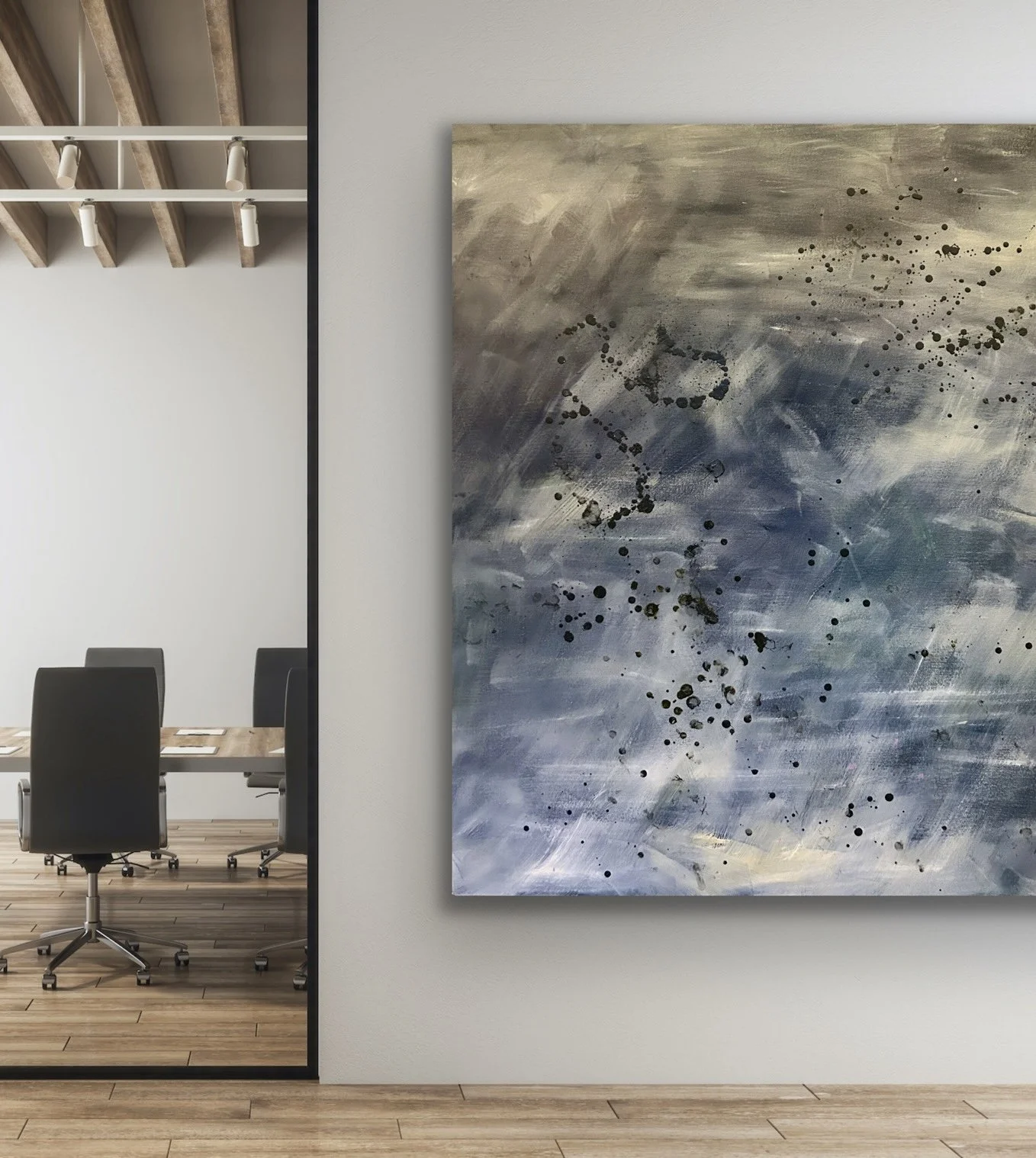Weathering
Poetics of Landscape
These abstract landscapes emerge at the intersection of material environment and inquiry. Rather than depicting nature in representational terms, the work engages with elemental forces—earth, air, fire, and water—as symbolic registers through which the fragility of human life may be contemplated.
Abstraction allows for a suspension of narrative detail, opening instead a space for resonance and reflection. Through layered textures, shifting chromatic fields, and gestural mark-making, the paintings evoke the impermanence of both ecological and human systems. The landscapes are not fixed vistas but dynamic thresholds—sites of tension between endurance and erosion, presence and disappearance.
To live with one of these works is to be reminded of our entanglement with the natural world: its capacity to sustain, overwhelm, and transform us. The paintings do not offer escape into idealized scenery but rather an invitation to consider the precarious balance of existence, and to engage with landscape as both external environment and inner terrain.
Storm in Detail
Seen closely, each mark becomes a landscape of its own; turbulent, fleeting, yet deeply rooted. The gestures are not imitations of nature but conversations with it, letting storm, rain, and wind shape the rhythm of the work.
Immersion in Movement
In these fragments, the viewer steps inside the painting. Every detail holds a vibration: the sharp rush of a storm front, the soft settling of rain, the invisible breath of wind.
The Language of Gesture
Each close-up reveals the raw movement of paint; a brush dragged, a mark splintered, a stain that lingers. These surfaces are not simply compositions, but traces of motion, energy, and encounter.
Following the Elements
The brush follows like wind, restless and uncontained. Pigment pools like rain, spreading, seeping into unexpected paths. Lines fracture and collide as if storm-driven, carrying the pulse of weather onto canvas.








